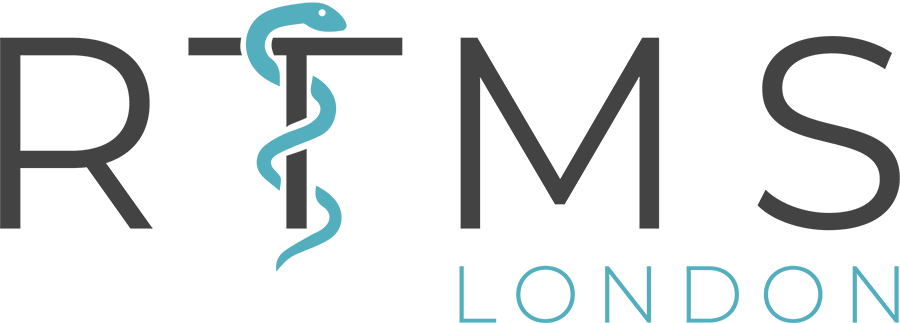
Case report “Anne” – Pelvic Pain
History
Anne was a 58 year-old lady who came to our clinic with a 10 year history of pelvic pain. This constant, burning pain caused her daily suffering, and severely limited her life, affecting her mood and leading her to withdraw socially. Over the years, Anne tried every type of therapy she could think of, including two years of weekly pelvic pain specialist physiotherapy, but nothing could give her meaningful relief. More recently she saw several top pain specialists, who had all told her that, for chronic pain such as hers, there was realistically very little hope of ever making a recovery, and that painkillers and acceptance therapy were her best option. When we first saw Anne, she was on a cocktail of strong painkillers, which did very little to ease her pain, and caused her a number of unpleasant side-effects.
The initial cause of Anne’s pain was repeated trauma to her pelvic region. In the past she had undergone four caesarean sections, had four kidney stones removed, and suffered with recurrent UTI’s for over a decade. It was our view, as well as that of her pain specialist, that these repeated painful experiences had led to chronic sensitisation of the nerves in the area, as well as in the region of the brain associated with it. This is a common phenomenon in cases of chronic pain, and is notoriously difficult to treat. Essentially, over time, the nervous system becomes “hard-wired” into a state of pain, and once this occurs it is very difficult to undo.
Our Approach:
Research has shown that Magnetic Shockwave Therapy* (MST) has the ability to desensitise the nervous system, by applying repeated pulses of electromagnetism to the affected area. This treatment has also been shown to causes changes in the areas of the brain associated with that part of the body, increasing something known as neuroplasticity. Neuroplasticity is the word used to describe the nervous system’s ability to remodel itself, which allows for the “hard-wired” pain state to begin to change.
In Anne’s case, we began by working on the pelvic region itself, before adding in some stimulation of the sacrum, as this is where many of the pelvic nerves originate. We knew that the treatment would take some time, as 10 years of sensitivity would inevitably be stubborn to shift.
The Result:
Anne began to notice improvements to her symptoms after her first three sessions, although this was short lived initially. She would experience periods of time where she did not feel any pain – something that most of us take for granted, but a momentous step forwards for her. As is often the case with chronic pain such as this, however, these pain-free episodes would only last for a few hours and her familiar burning sensation would gradually return. Excited nonetheless, Anne pressed on with treatment, determined to overcome this burden that she had been carrying for so long.
After 10 sessions, Anne had her first completely pain free day for over a decade, something which she had begun to think was never going to happen. Five sessions later, the pain was with her less than half of the time, and eventually, after a few more sessions, she was virtually pain free.
The nervous system is a complicated thing, and from time to time, usually when she is particularly stressed or run down, Anne will get a small reminder of her old pain. Initially, this frightened her, as she was worried that it would return for good. However, after realising that these episodes always pass quickly, she no longer worries.
Anne feels like she has been given a new lease of life, and is making the most of it. She is spending more time with friends, going on holidays and has started exercising again. Seeing her doing so well has made all of us extremely happy, as we got to know Anne really well during the course of her treatment.
These kinds of results make us incredibly excited about the potential of MST, and the huge number of people who could benefit from it. To find out whether you might be suitable for treatment, please don’t hesitate to get in touch.
*Known as Peripheral Magnetic Stimulation in research articles
Get in touch
